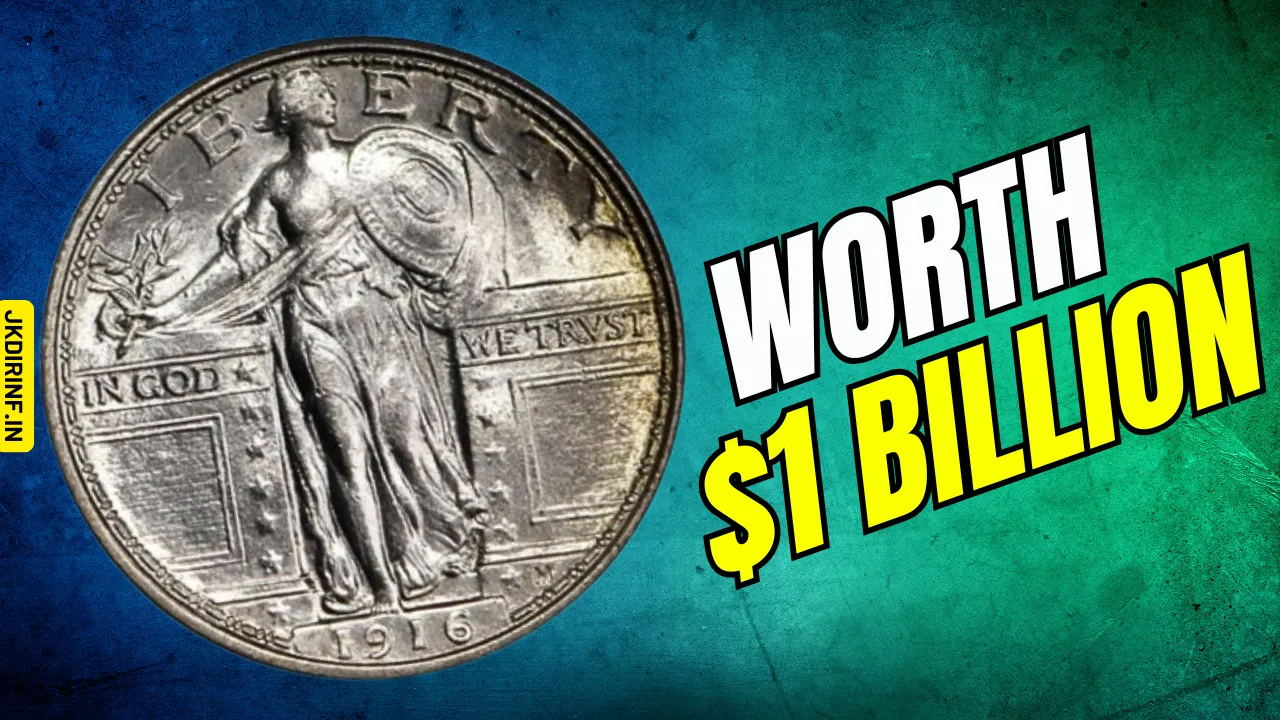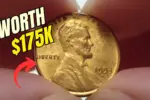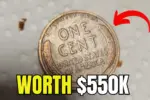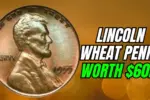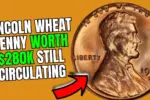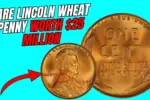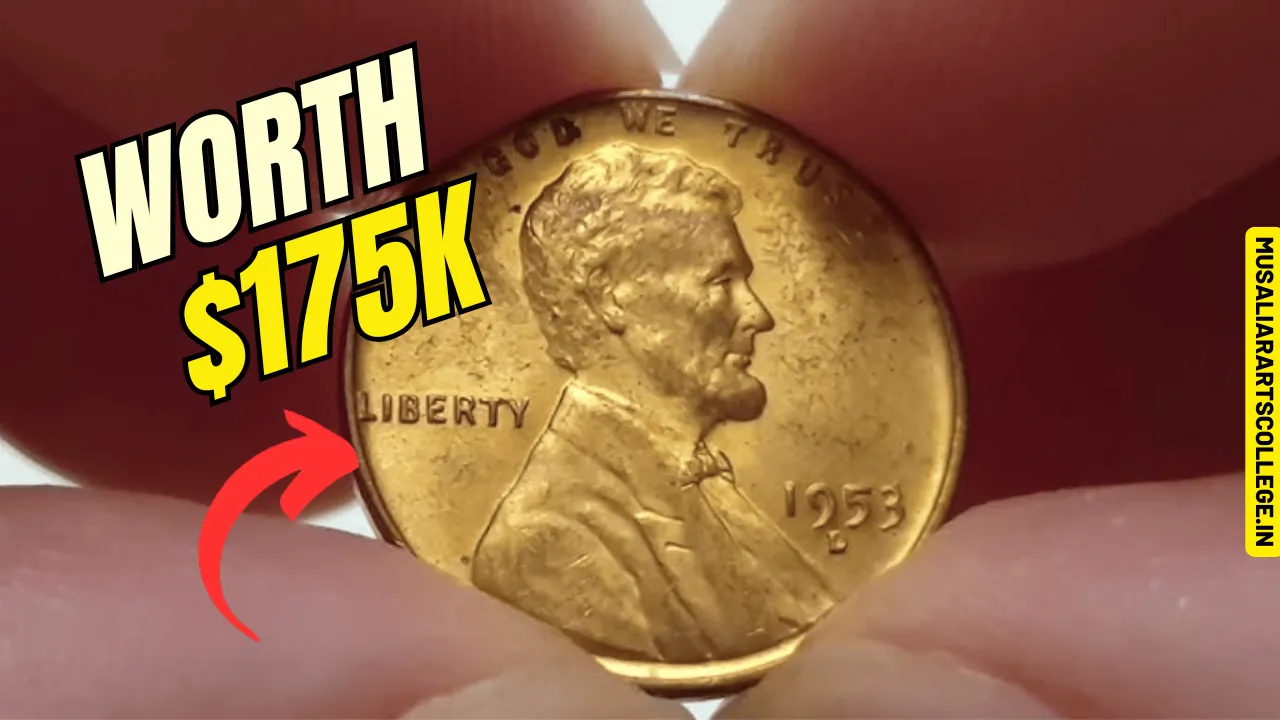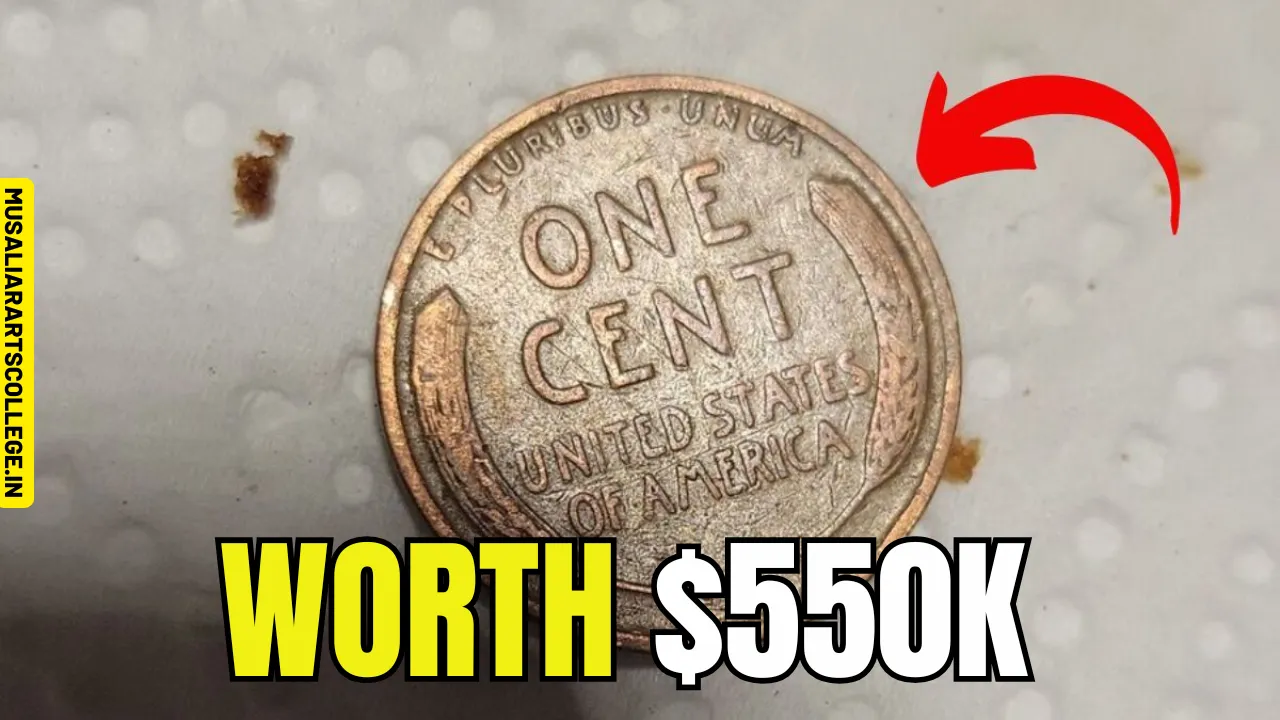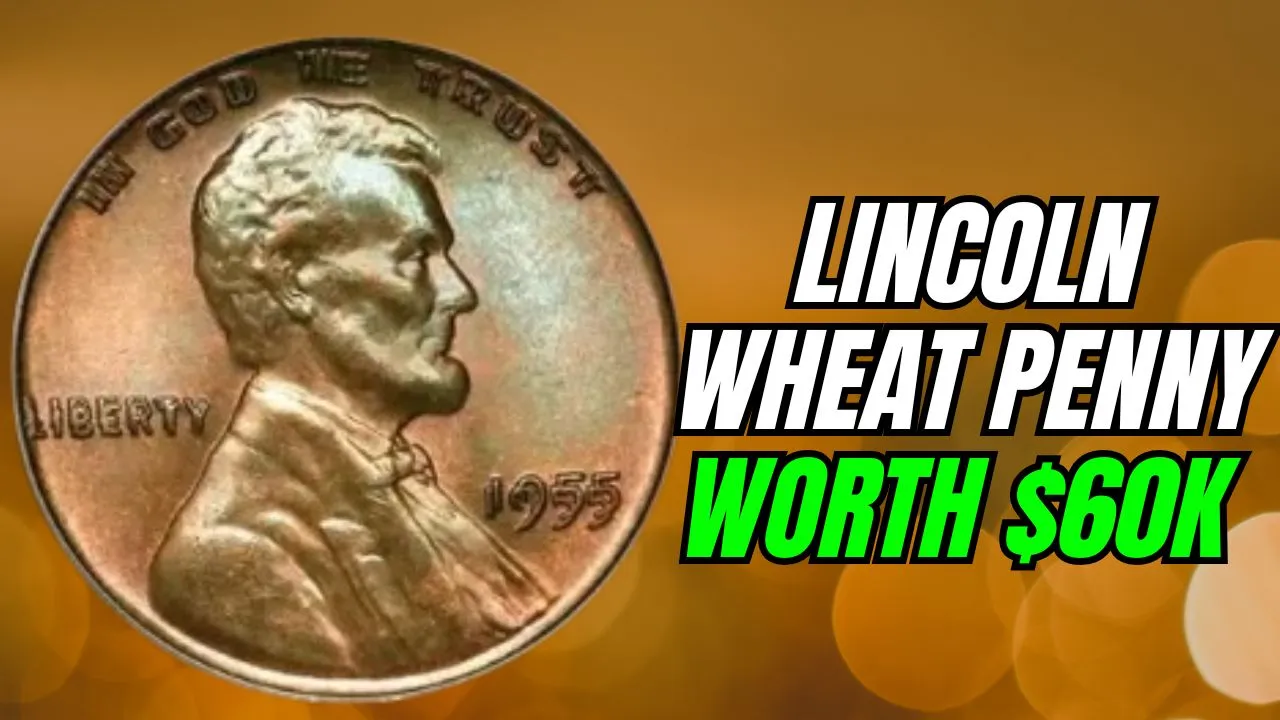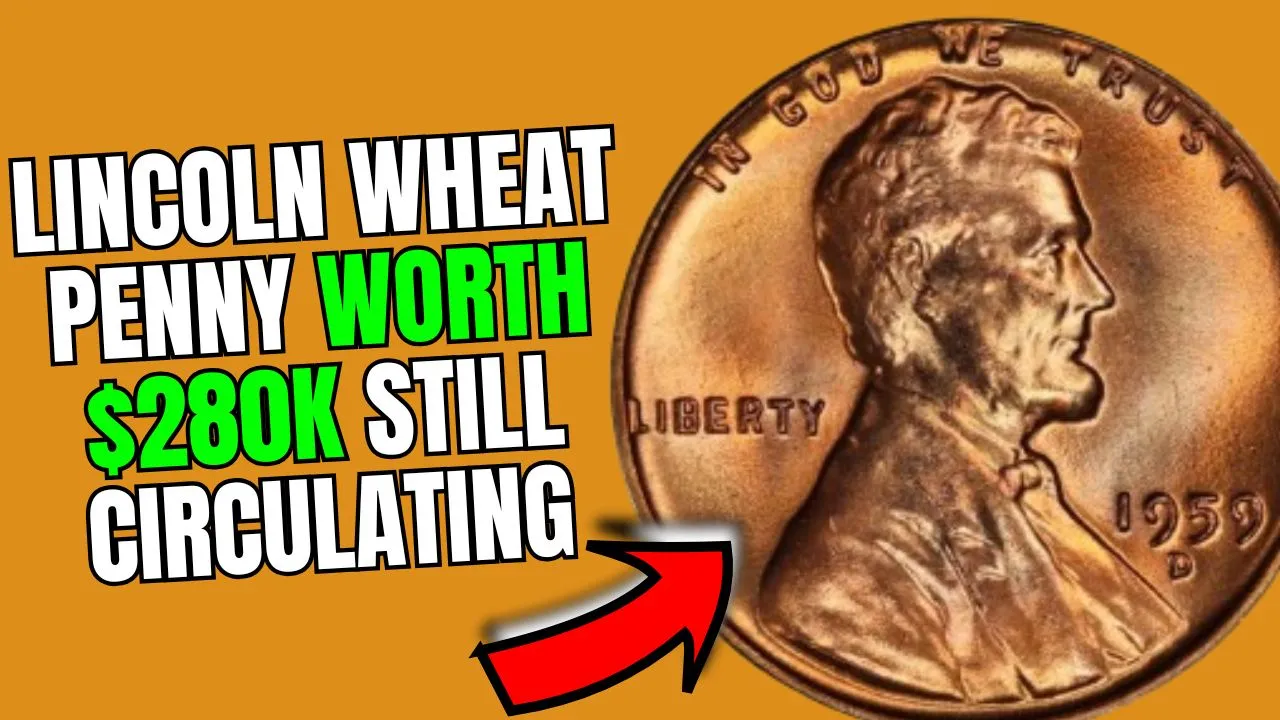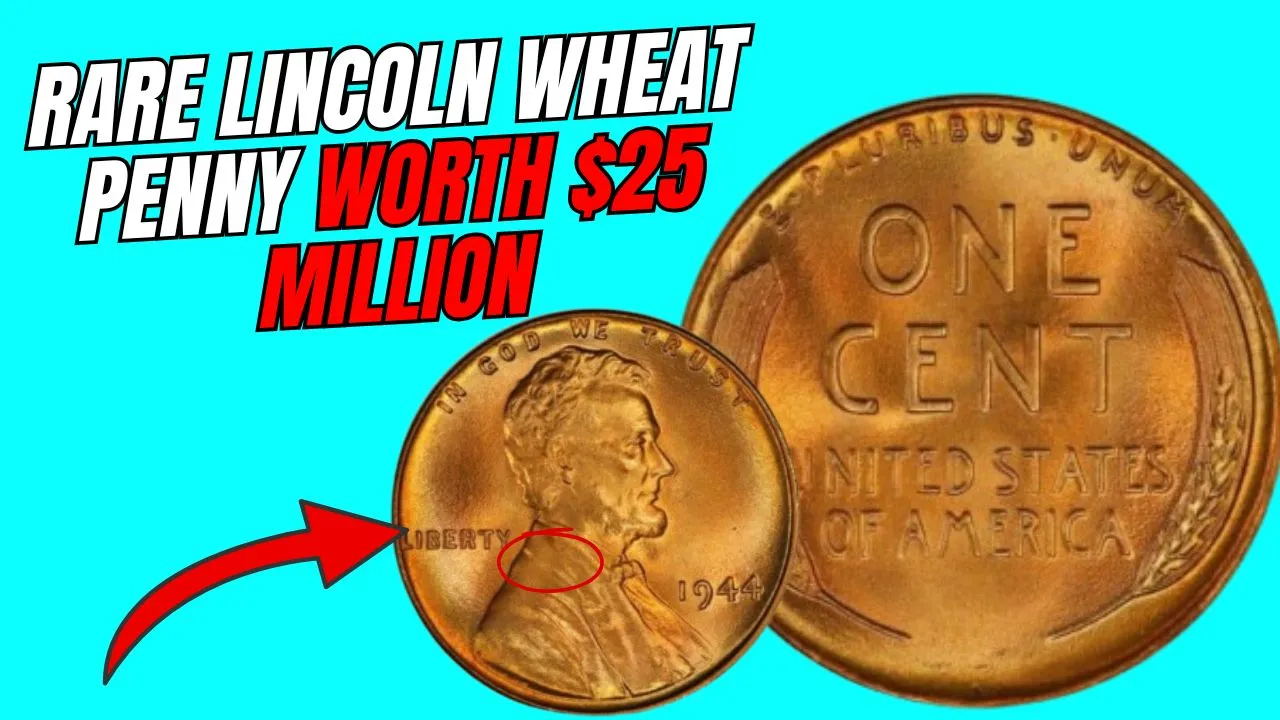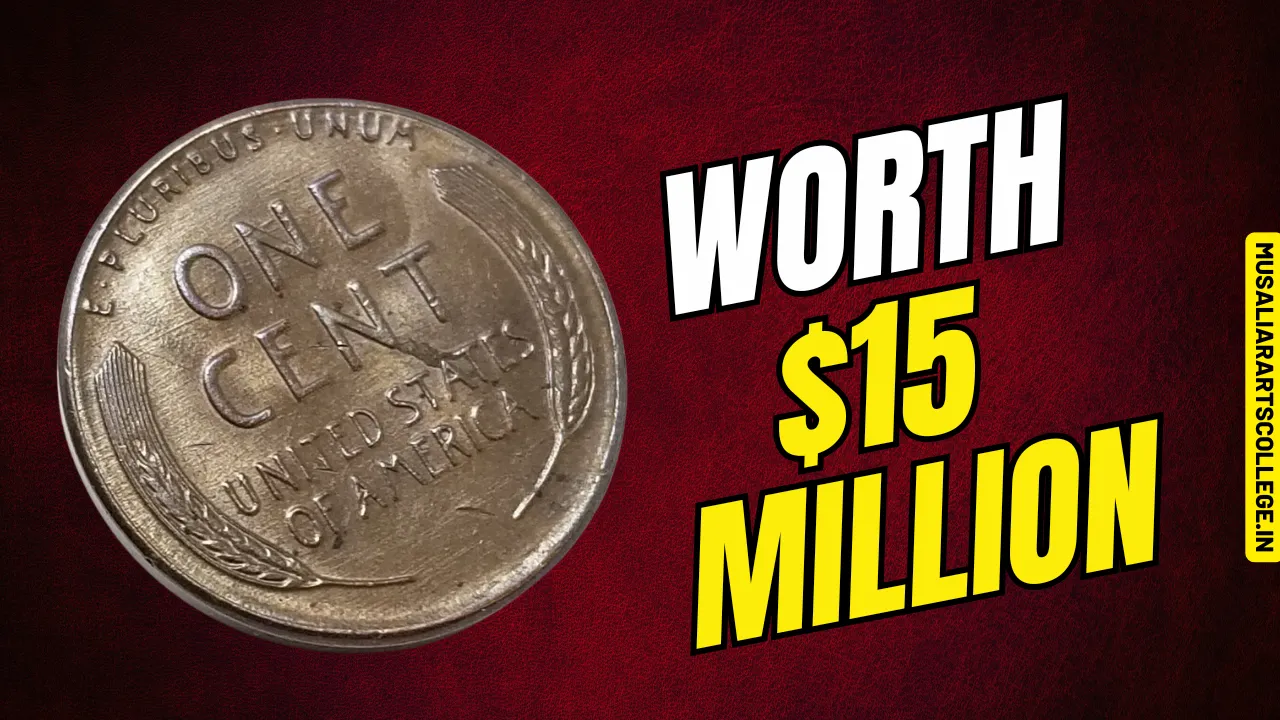Rare Bicentennial Quarter: The Rare Bicentennial Quarter has become a topic of fascination among collectors and casual enthusiasts alike. Stories about a single quarter being worth an astonishing $1 billion have sparked excitement and curiosity. But how much of this is true, and could one of these valuable quarters actually be hiding in your pocket change?
In this article, we’ll uncover the facts about the Rare Bicentennial Quarter, explore what makes these coins unique, and explain how to identify one that might be worth significantly more than its face value.
Overview of the Rare Bicentennial Quarter
| Feature | Details |
| Minting Years | 1975-1976 |
| Obverse Design | Portrait of George Washington |
| Reverse Design | Drummer boy surrounded by 13 stars |
| Mint Marks | No mark (Philadelphia), D (Denver), S (San Francisco) |
| Material | Copper-Nickel, Silver-Clad |
| Rarity Factors | Errors, Proof Coins, Mint Condition |
| Value Range | $1 to several thousand dollars |
The Unique Story Behind the Rare Bicentennial Quarter
The Rare Bicentennial Quarter was introduced to commemorate the 200th anniversary of the United States’ independence. Unlike other quarters, it carries the dual date “1776-1976” to mark this historic milestone.
The reverse side of the coin features a drummer boy, a design created by Jack L. Ahr, symbolizing patriotism and the spirit of independence. Meanwhile, the obverse side retains the classic portrait of George Washington, designed by John Flanagan.
These quarters were not only released into general circulation but were also struck in proof sets and silver-clad versions, making them particularly appealing to collectors.
Is There Really a Rare Bicentennial Quarter Worth $1 Billion?
The idea of a Bicentennial Quarter being worth $1 billion has been widely circulated, but unfortunately, it’s more myth than reality. No quarter, Bicentennial or otherwise, has ever reached such an astronomical valuation.
However, certain Bicentennial Quarters can still command impressive prices. Coins with minting errors, those made from 40% silver, and coins in uncirculated or proof condition can be worth hundreds or even thousands of dollars.
Key Factors That Add Value to a Rare Bicentennial Quarter
If you’re wondering whether your Rare Bicentennial Quarter is valuable, here are the key factors to consider:
1. Mint Mark
- No Mint Mark: Struck in Philadelphia.
- D Mint Mark: Minted in Denver.
- S Mint Mark: Found on proof and silver-clad quarters minted in San Francisco.
2. Material Composition
- Copper-Nickel Quarters: Common in circulation and less valuable.
- 40% Silver Quarters: Found in collector sets and significantly more valuable.
3. Minting Errors
Minting errors can skyrocket a coin’s value. Look out for:
- Double Die Errors: Overlapping letters or numbers.
- Off-Center Strikes: A misaligned design.
- Missing Details: Incomplete or faint mint marks.
4. Coin Condition and Grading
Coins in mint or uncirculated condition are always more valuable. Professional grading services like PCGS (Professional Coin Grading Service) or NGC (Numismatic Guaranty Corporation) can authenticate and rate a coin’s condition, significantly impacting its market value.
How Much Is a Rare Bicentennial Quarter Really Worth?
While you might not stumble upon a billion-dollar coin, certain Bicentennial Quarters still hold notable value:
- Circulated Quarters: Typically worth 25 cents to $1.
- Uncirculated Coins: Can fetch between $1 and $10, depending on their condition.
- Silver Proof Coins: Often valued between $8 and $15.
- Error Coins: Depending on rarity, these can sell for $50 to several thousand dollars.
If you think you’ve spotted a rare variant, it’s worth having it evaluated by an expert.
Why Do Collectors Love the Rare Bicentennial Quarter?
The Rare Bicentennial Quarter isn’t just a coin; it’s a piece of American history. Collectors are drawn to these quarters for several reasons:
- Historical Importance: Celebrates two centuries of American independence.
- Unique Design: The drummer boy stands out as one of the most iconic coin designs.
- Limited Production: Only minted for two years, increasing their collectible appeal.
These quarters are a bridge between history and modern coin collecting, making them cherished keepsakes for many.
Where to Sell Your Rare Bicentennial Quarter
If you believe you have a valuable Rare Bicentennial Quarter, here are the best places to sell it:
- Local Coin Dealers: Get a professional appraisal and a quick sale.
- Online Marketplaces: Platforms like eBay and Etsy have large audiences for collectible coins.
- Auction Houses: Rare and high-value coins often fetch top dollar in auctions.
- Coin Shows: A great place to meet collectors and reputable dealers directly.
Tips for Preserving and Collecting Rare Coins
Whether you’re an experienced collector or just starting, these tips will help you protect your Rare Bicentennial Quarter:
- Handle With Care: Use gloves to prevent oils from damaging the coin.
- Proper Storage: Keep coins in coin holders or protective cases.
- Avoid Cleaning: Cleaning can reduce a coin’s value.
- Learn About Grading: Educate yourself about coin grading systems to understand your coin’s value better.
Frequently Asked Questions (FAQs)
Are Bicentennial Quarters still in circulation?
Yes, they are still found in circulation, but high-grade ones are rare.
How can I tell if my Bicentennial Quarter is silver?
Look for an S mint mark and a brighter, shinier appearance.
Are error Bicentennial Quarters valuable?
Yes, certain minting errors can increase a quarter’s value significantly.
Should I clean my Bicentennial Quarter?
No, cleaning can lower the coin’s value.
Where can I get my quarter appraised?
Reputable coin grading services like PCGS or NGC are reliable options.
Final Thoughts
While the idea of a Rare Bicentennial Quarter worth $1 billion is more myth than fact, these coins still carry historical significance and collectible value. Whether you’re a seasoned collector or just stumbled upon one in your pocket change, it’s worth taking a closer look.
If you enjoyed this article, feel free to comment below or share it with your friends. Who knows—you might just help someone discover a hidden treasure!
